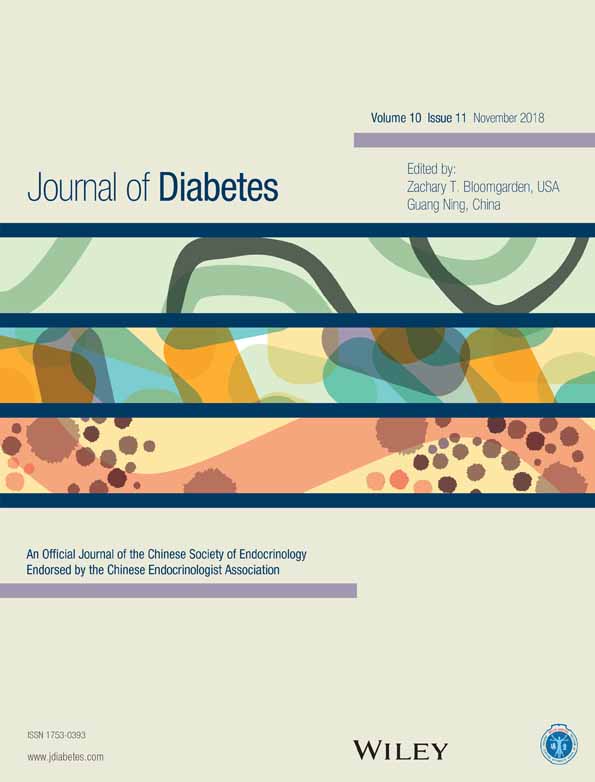Interleukin-2 receptor antagonists: Protective factors against new-onset diabetes after renal transplantation
白细胞介素2受体拮抗剂:肾移植后新发糖尿病的保护因素
Abstract
enBackground
The aim of the present study was to examine the association between interleukin-2 receptor antagonists (IL-2Ra) and new-onset diabetes after transplantation (NODAT) among renal transplant recipients (RTRs).
Methods
Between January 1993 and March 2014, 915 patients underwent renal transplantation at Zhongshan Hospital. In all, 557 RTRs were included in the present retrospective cohort study. The incidence of NODAT in this cohort was determined and multivariate Cox regression analysis was used to evaluate the risk factors for NODAT and to show the association between IL-2Ra use and NODAT development among RTRs. The cumulative incidence of NODAT was compared between groups treated with or without IL-2Ra.
Results
The mean ±SD postoperative follow-up was 5.08 ±3.17 years. The incidence of NODAT at the end of follow-up was 20.3%. After adjusting for potential confounders in the multivariate logistic regression (i.e. age, sex, body mass index, history of smoking, family history of diabetes, duration of dialysis, type of dialysis, donor type, recovery of graft function, acute rejection, hepatitis B or C or cytomegalovirus infection, fasting plasma glucose levels before and 1 week after transplantation, preoperative total cholesterol and triglyceride levels, daily dose of glucocorticoid, immunosuppressive regimen type, and immunosuppressant concentration after transplantation), IL-2Ra use was found to be related to a reduced incidence of NODAT.
Conclusions
Use of IL-2Ra is associated with protection against the development of NODAT in RTRs.
Abstract
zh摘要
背景
本研究旨在探讨白细胞介素2受体拮抗剂(IL-2Ra)与肾移植患者移植后新发糖尿病(new-onset diabetes after transplantation,NODAT)的关系。
方法
1993年1月至2014年3月在复旦大学附属中山医院接受肾移植的患者共915例, 最终557例患者纳入此项回顾性队列研究。计算肾移植患者NODAT的发病率, 采用多元COX回归分析评估NODAT的危险因素及探讨IL-2Ra与NODAT的关系。同时比较IL-2Ra治疗组与非IL-2Ra组NODAT的累积发病率。
结果
术后平均随访时间为5.08 ± 3.17年, 随访结束时NODAT的发病率为20.3%。多元回归分析校正了可能影响NODAT发生的因素(包括年龄、性别、体重指数、吸烟史、糖尿病家族史、透析持续时间、透析类型、供肾类型、肾功能恢复情况、急性排斥反应、乙肝感染、丙肝感染、巨细胞病毒感染、术前和术后1周空腹血糖水平、术前总胆固醇和甘油三脂水平、糖皮质激素日剂量、免疫抑制剂类型及术后免疫抑制剂的浓度),结果显示IL-2Ra可降低NODAT的发生率。
结论
IL-2Ra为肾移植患者发生NODAT的保护因素




